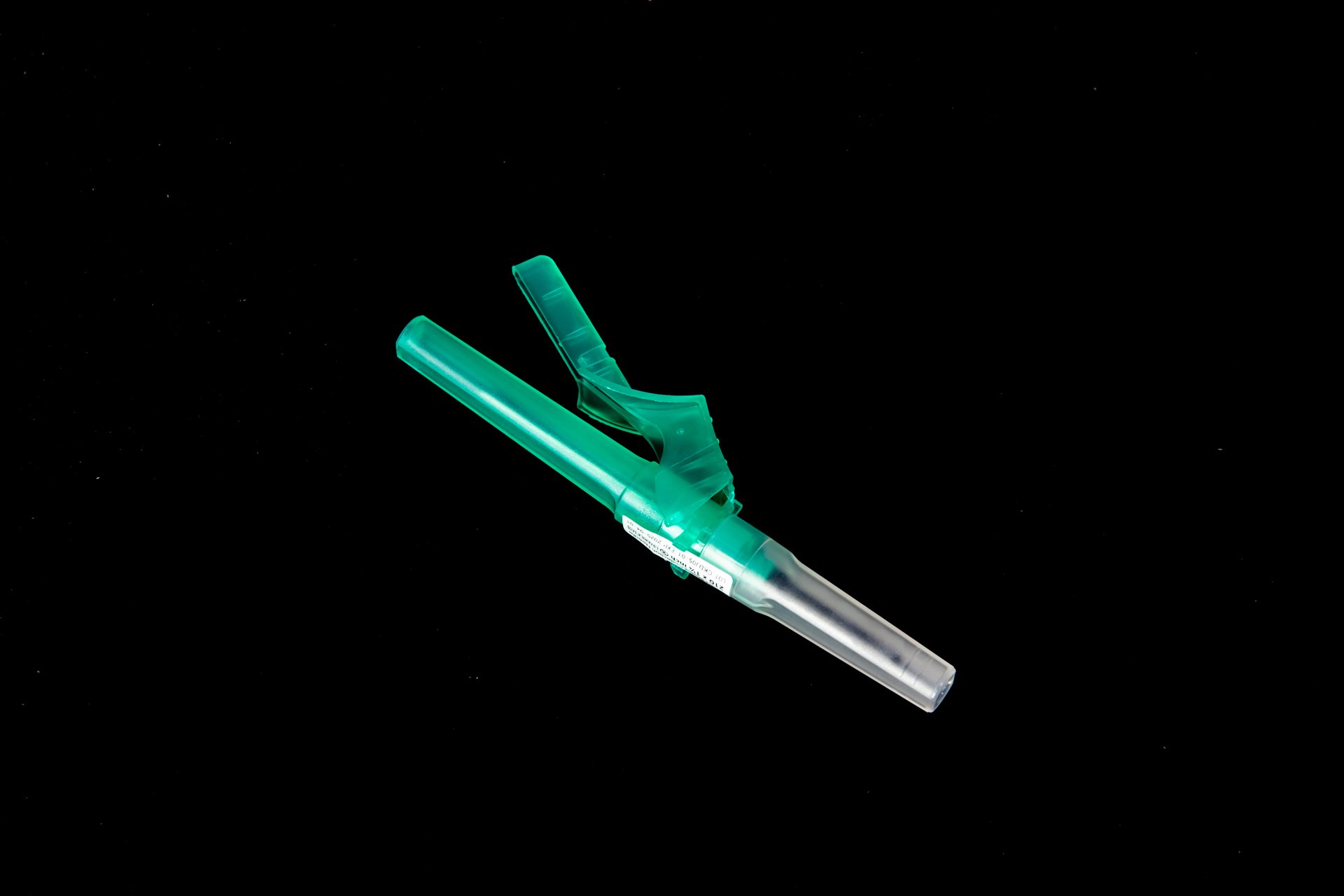Pain Perception In Patients During Needle Use
When it comes to medical procedures involving needles, it is common for patients to experience varying levels of pain. Understanding pain perception in patients during needle use is crucial for healthcare providers to provide the best possible care and help alleviate discomfort for their patients. In this blog post, we will explore the factors that influence pain perception during needle procedures and discuss strategies to help minimize pain for patients.
Factors influencing pain perception
Several factors can influence how much pain a patient experiences during a needle procedure. These factors can vary from person to person and can include:
Anxiety levels: Patients who are anxious or fearful of needles may perceive more pain during the procedure.
Patient's pain threshold: Each person has a different pain threshold, which can affect how they perceive pain during a needle procedure.
Previous experiences: Patients who have had negative experiences with needles in the past may anticipate more pain during future procedures.
Technique of healthcare provider: The skill and technique of the healthcare provider administering the needle can also impact the level of pain experienced by the patient.
Strategies to minimize pain
There are several strategies that healthcare providers can use to help minimize pain for patients during needle procedures. These strategies include:
Using topical anesthetics
Topical anesthetics, such as lidocaine creams or gels, can be applied to the skin before a needle procedure to numb the area and reduce pain. This can help alleviate discomfort for the patient and make the procedure more tolerable.
Applying distraction techniques
Distraction techniques, such as deep breathing exercises or engaging the patient in conversation, can help take the patient's mind off the needle procedure and reduce their perception of pain. Healthcare providers can use distractions to help patients relax and minimize their discomfort during the procedure.
Using smaller gauge needles
Using smaller gauge needles can help reduce pain for patients during needle procedures. Smaller needles cause less tissue damage and can be less painful for patients, especially those who are sensitive to pain.
Injecting at a slower rate
Injecting medication or fluids at a slower rate can help minimize pain for patients during needle procedures. Rapid injection can cause discomfort for the patient, so healthcare providers should take care to administer injections slowly and carefully.
References
By understanding the factors that influence pain perception in patients during needle procedures and implementing strategies to minimize pain, healthcare providers can help make the experience more comfortable and less daunting for their patients. Taking steps to reduce pain during needle procedures can improve patient satisfaction and overall healthcare outcomes.
Disclaimer: The content provided on this blog is for informational purposes only, reflecting the personal opinions and insights of the author(s) on phlebotomy practices and healthcare. The information provided should not be used for diagnosing or treating a health problem or disease, and those seeking personal medical advice should consult with a licensed physician. Always seek the advice of your doctor or other qualified health provider regarding a medical condition. Never disregard professional medical advice or delay in seeking it because of something you have read on this website. If you think you may have a medical emergency, call 911 or go to the nearest emergency room immediately. No physician-patient relationship is created by this web site or its use. No contributors to this web site make any representations, express or implied, with respect to the information provided herein or to its use. While we strive to share accurate and up-to-date information, we cannot guarantee the completeness, reliability, or accuracy of the content. The blog may also include links to external websites and resources for the convenience of our readers. Please note that linking to other sites does not imply endorsement of their content, practices, or services by us. Readers should use their discretion and judgment while exploring any external links and resources mentioned on this blog.



